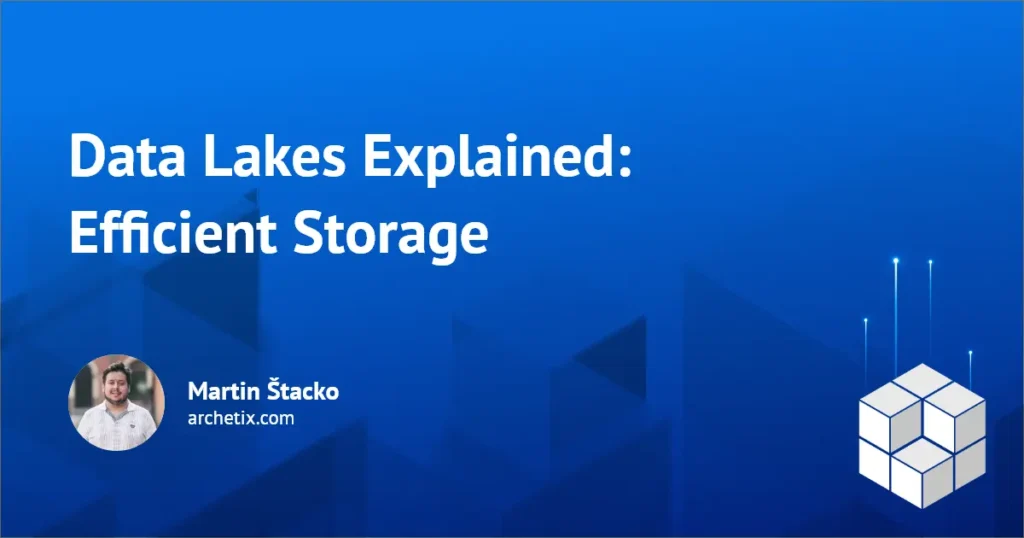A data lake is a central repository that was basically designed to store any type of data. The data is often in raw format. It can be a video, image, document, graph, or anything you want to put into a database or store. When storing data, data lake associates it with identifiers and metadata tags for faster retrieval.
There are many ways to use data lakes. You can use all structured and unstructured data and create models to use it in its raw form. However, if you want to use this data for analytics and reporting purposes you need to clean the data and store it in a database or data warehouse. In this regard, it makes sense to use data lakes especially in the field of machine learning and AI, who will benefit the most from it.
Data lakes are typically clustered on a cluster of cheap and scalable commodity hardware. This allows storing data in a data lake for future use without worrying about storage capacity. Clusters can exist either locally or in the cloud.
Differences between data lake and data warehouse
People often confuse data lakes with data warehouses, but there are important differences between them. Choosing correctly offers great benefits, especially as big data processes migrate from local storage to the cloud.
Recommentations
If you use lake data only to record transactions, you should switch to a database. On the other hand, if you have a large amount of data that is too much for your database to handle, you should consider integrating a data warehouse. And lastly, if you have all this data that you don’t know how to handle, it’s unstructured or semi-structured, it doesn’t fit in your database, then we would recommend a data lake.
If you don’t know what to do, we are here to help you! Come on and discuss with us your questions, drop us a line and we’ll be happy to get back to you.

